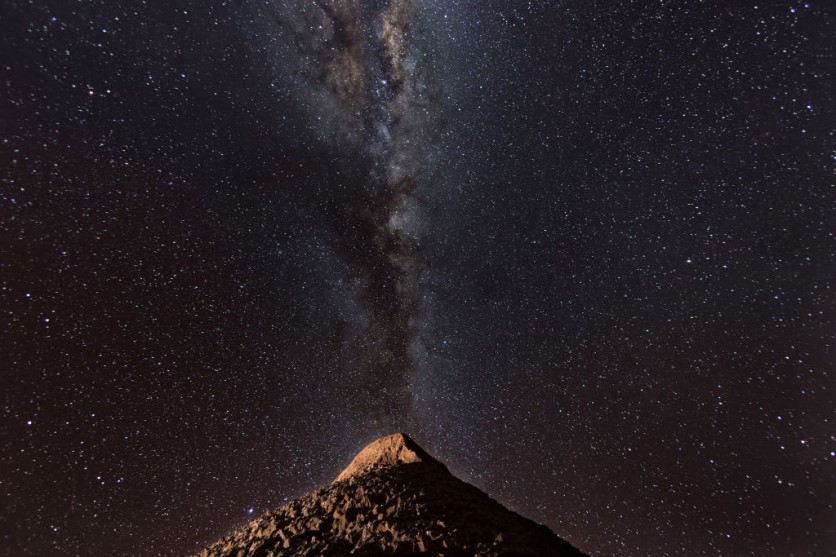A team of astronomers had discovered 18,000 stars from the early days of our galaxy when it was but a mere small cluster of proto-galaxies. They did this by employing measurements from the most precise three-dimensional map of the galaxy ever created and a neural network to investigate the chemical components of more than 2 million stars, as reported first by ScienceAlert.

3D Positions and Motions
The Milky Way's 13 billion years of history have been filled with enigma and wonders. Astronomers have been trying to shed light on its mysteries for years.
It is interesting to note that our galaxy's vast population of stars can be linked together depending on shared properties, such as their metallicity and movements.
The European Space Agency's Gaia space observatory can group these millions of stars based on their properties. It has spent years tracking and measuring the 3D positions and motions within the Milky Way.
Gaia also collects data that enables estimations of the metallicity of the stars.
ScienceAlert notes that metallicity can connect stars because comparable compositions may have formed them at the same time and location.
However, it can also provide a rough estimate of a star's age because some elements simply could not have been created in the universe without stars.
Poor Old Heart
The research team examined red giant stars that are a few thousand light-years from the Milky Way using Gaia data. They located 2 million stars and a neural network that could identify their metallicities.
They also discovered a population of stars with comparable ages and orbits, indicating that they existed before the Milky Way was crowded with stars and inflated by collisions with other galaxies, which began around 11 billion years ago.
They have earned the moniker "poor old heart" of the Milky Way due to their old age, lack of metal content, and location in the galaxy's center.
According to astronomers, this population houses the remains of proto-galaxies.
These collections of stars, which emerged in the early cosmos, served as the embryos of galaxies rather than their mature forms. Three or four of these seeds came together early in the Milky Way's development to form the galaxy's central region.
The poor old heart stars emerged after the proto-galaxy stars died. The research team discovered that they are more than 12.5 billion years old.
Astronomers are hoping that with this discovery, they will know if these stars have any abundance rations, spatial distribution, and what are implications for our galaxy's early formation.
Only time will tell if this study will unravel more mysteries of our 13-billion-year-old, enigmatic galaxy.
The study was published in The Astrophysical Journal.
Related Article: The Largest Alcohol Molecule in Space Near the Center of the Milky Way Has Been Identified, May Lead to a New Star Formation





